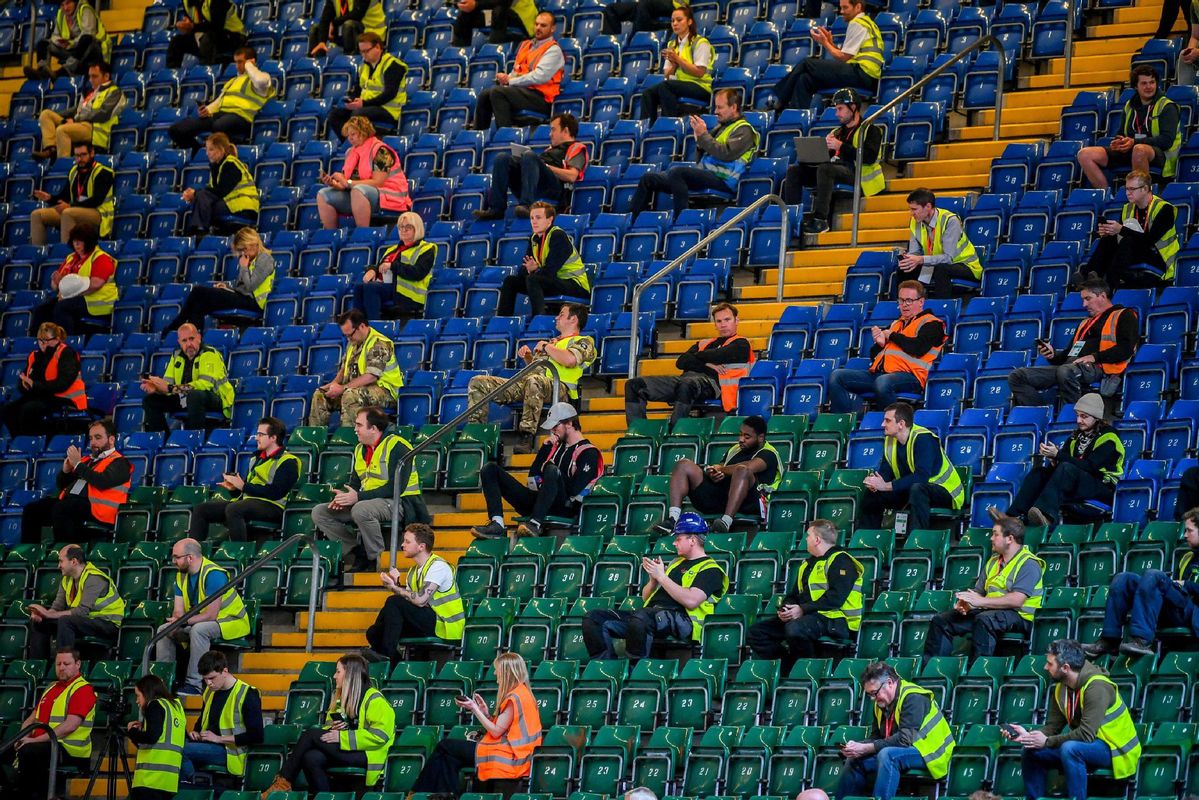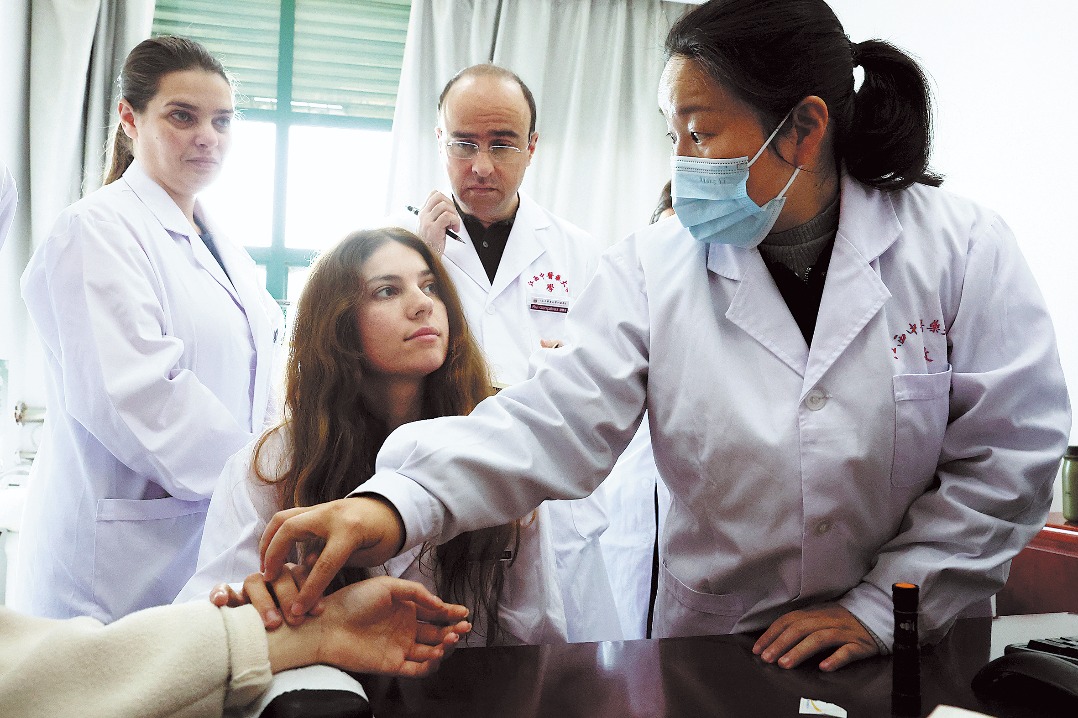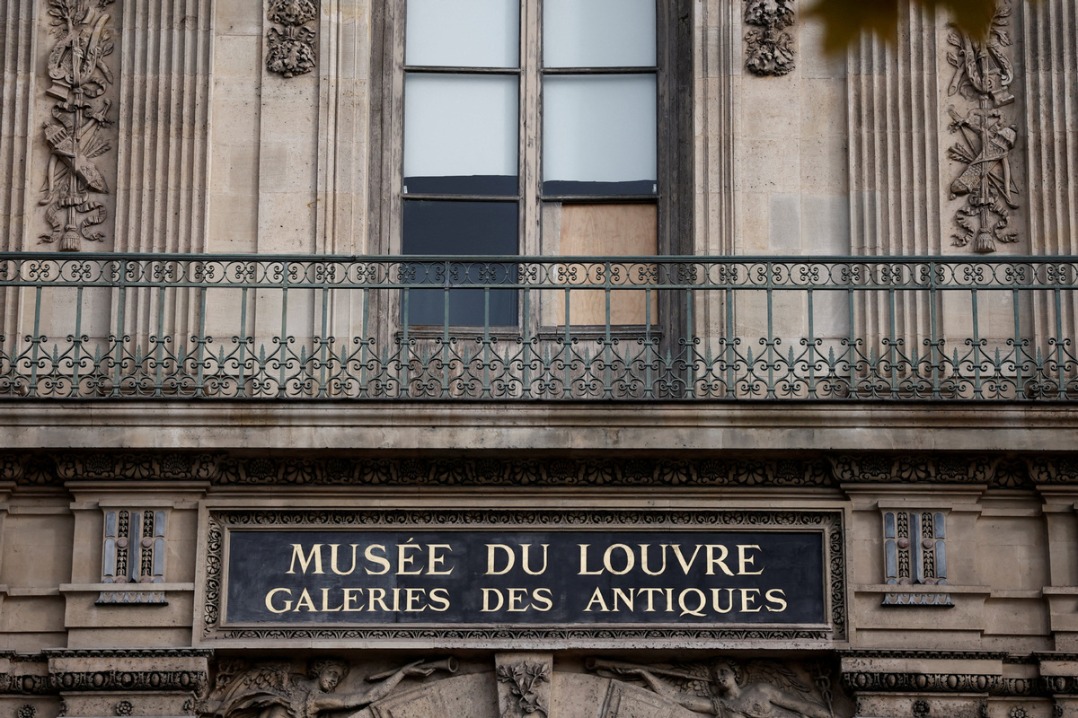Large buffer zones, masks shown to cut virus risk


The United Kingdom government should think twice before amending its requirement for people to have a 2-meter buffer around them to protect against the novel coronavirus, according to the findings of a new scientific study.
The observation was drawn from a peer-reviewed science paper published in the weekly medical journal The Lancet on Monday that looked at the effectiveness of the UK's current 2-meter buffer and the impact of smaller and larger zones.
Derek Chu, one of the study's lead authors and a clinical immunology scientist at McMaster University in Canada, said large buffers, along with face coverings and eye protection, do work.
"I would caution against suggesting that 1-meter policies are wrong, but we may well need to consider 2 meters, or more, going forward," the Financial Times quoted him as saying.
The study, which the paper described as "the most comprehensive study of viral transmission to date" was based on 172 observational studies of virus behavior in community and healthcare settings.
Trish Greenhalgh, a professor of primary care health services at the University of Oxford, told the paper: "The overwhelming message is that physical measures are effective in preventing COVID-19. This is a major step forward in our knowledge."
The UK government has been under pressure to reduce its 2-meter zone because many businesses claim they will not be able to operate if it remains in place.
They cite a World Health Organization suggestion that nations adopt at least a 1-meter buffer, a rule adopted by Austria, France, Sweden, and Singapore, and 1.5-meter zones favored by Australia, Germany, and the Netherlands.
The study found the risk of infection to people standing more than 2 meters from an infected person is 1.3 percent. It rises to 3 percent for those standing between 1 meter and 2 meters from an infected person; and to 13 percent for those within a meter.
The study also found people who wear eye coverings cut a 16 percent risk to 6 percent. And those wearing a face mask cut a 17 percent risk to 3 percent.
The report writers said healthcare workers are significantly better protected by multilayered masks, such as N95s and FFP2s, than they are by surgical and reusable cotton or gauze masks.
Holger Schunemann, a professor at McMaster University and a co-author of the study, said: "Governments and the public health community can use our results to give clear advice for community settings and healthcare workers on these protective measures to reduce infection risk."
The UK's housing minister, Simon Clarke, insisted in a Sky News interview on Tuesday that the UK is not about to rethink its 2-meter buffer.
"It's something we believe keeps the public safe and keeps the risk at a manageable level and allows us to start getting our economy back to normal," he said.
The study was funded by the World Health Organization.
































